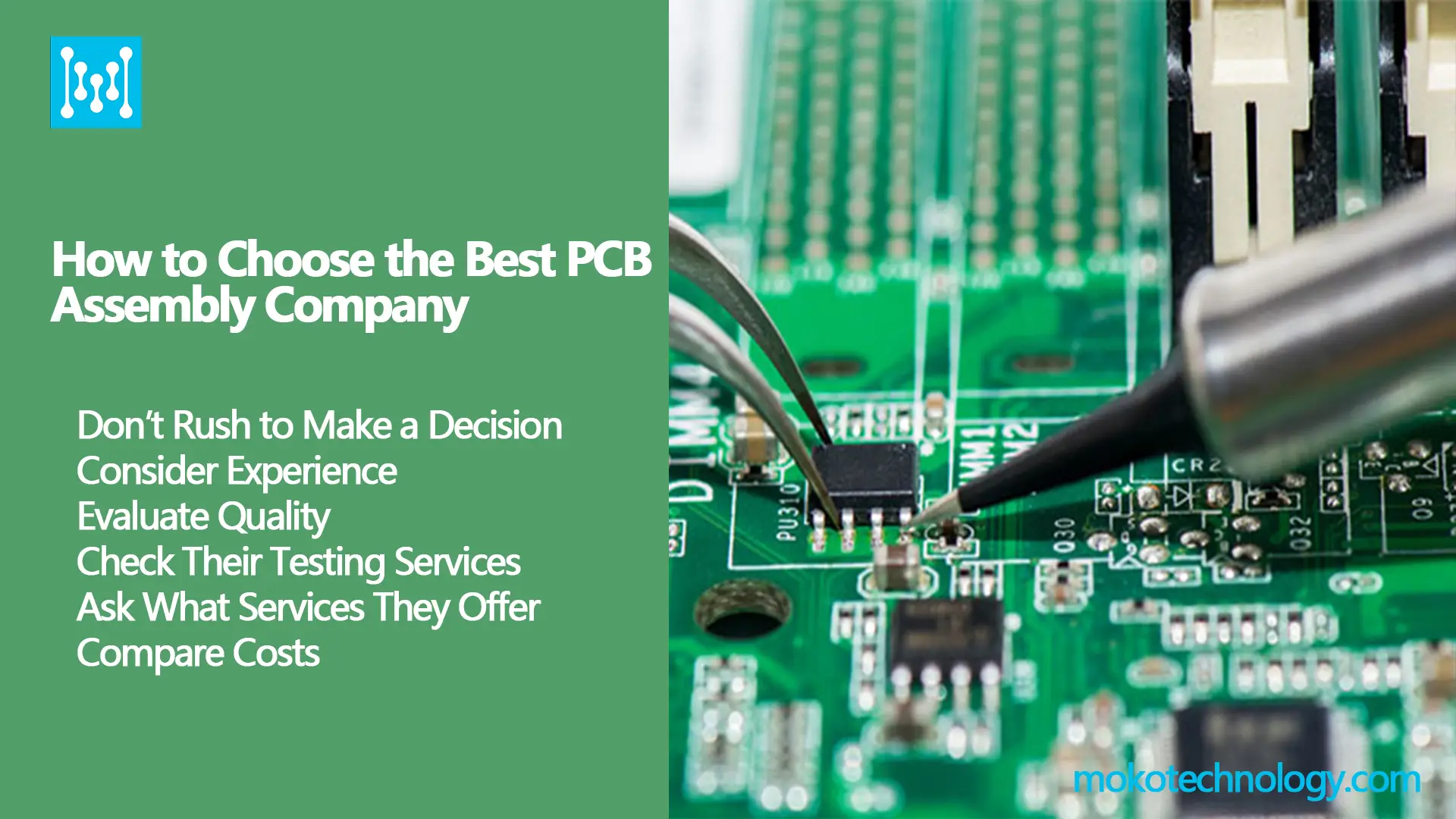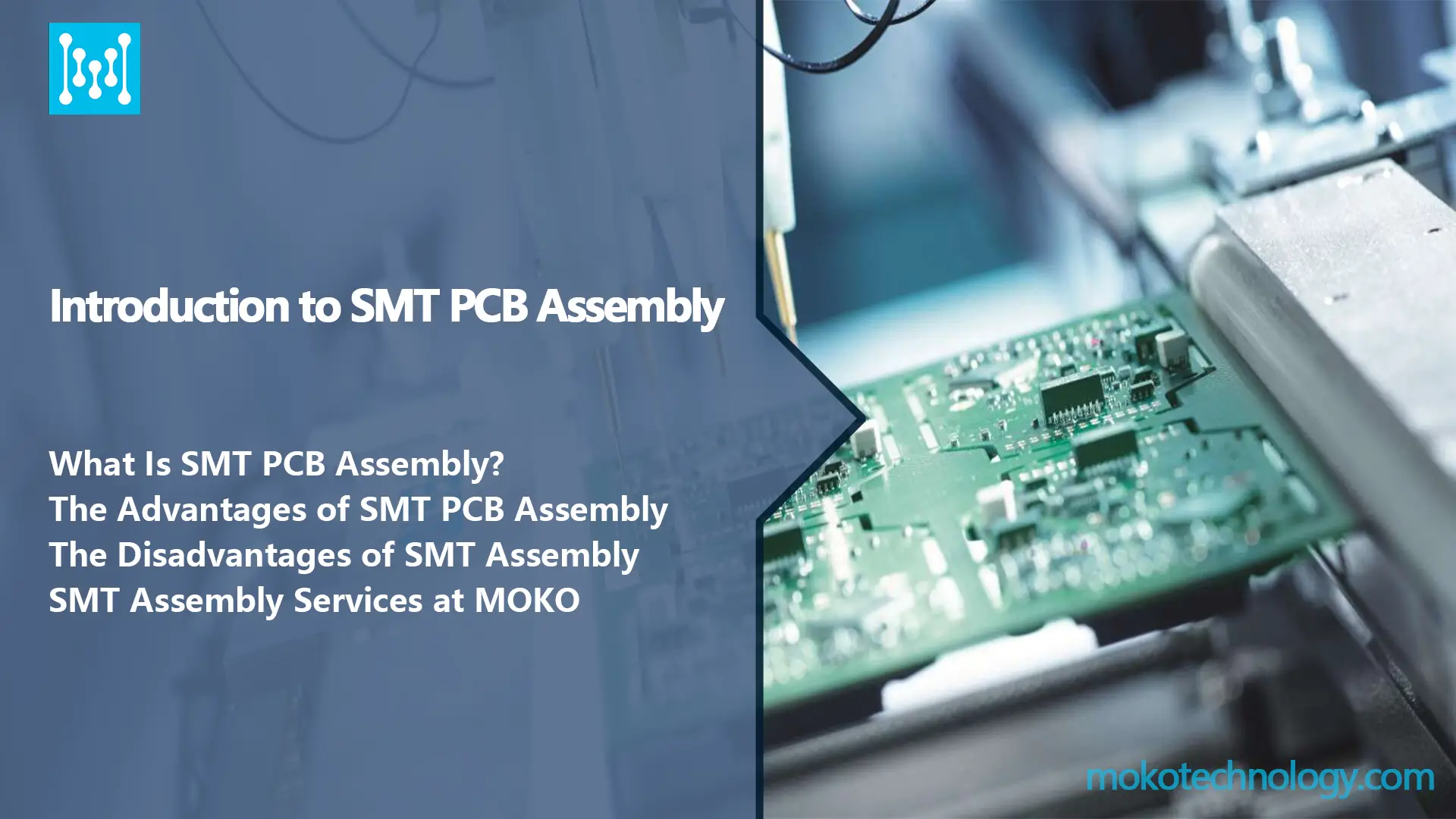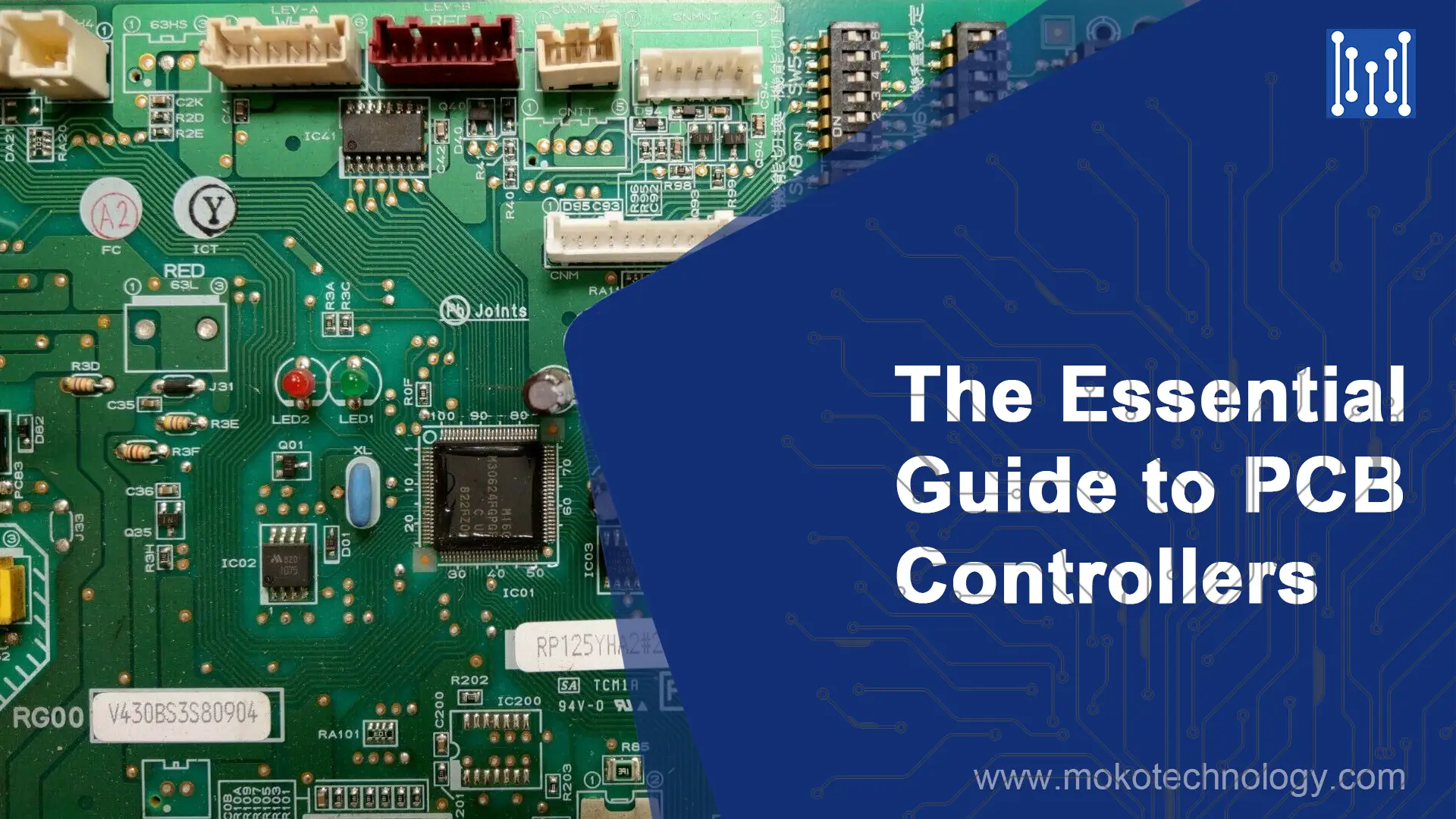No, I would not rely on a solder mask as an insulator, because it is very thin and can be nicked easily.
The key issue is going to be how to properly heat sink the LED without a good thermal connection to the heat slug. High-power LEDs usually want the heat slug soldered or thermally epoxied to a heatsink. This can be PCB copper, but since you stated that the PCB copper is connected to the GND net you can’t connect to it.
Read More: LED PCB Assembly
#PCB Assembly #PCB Design



